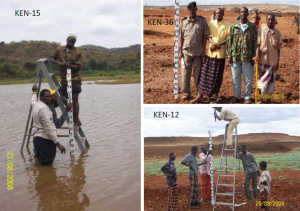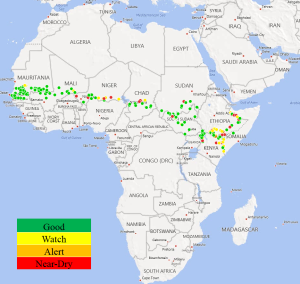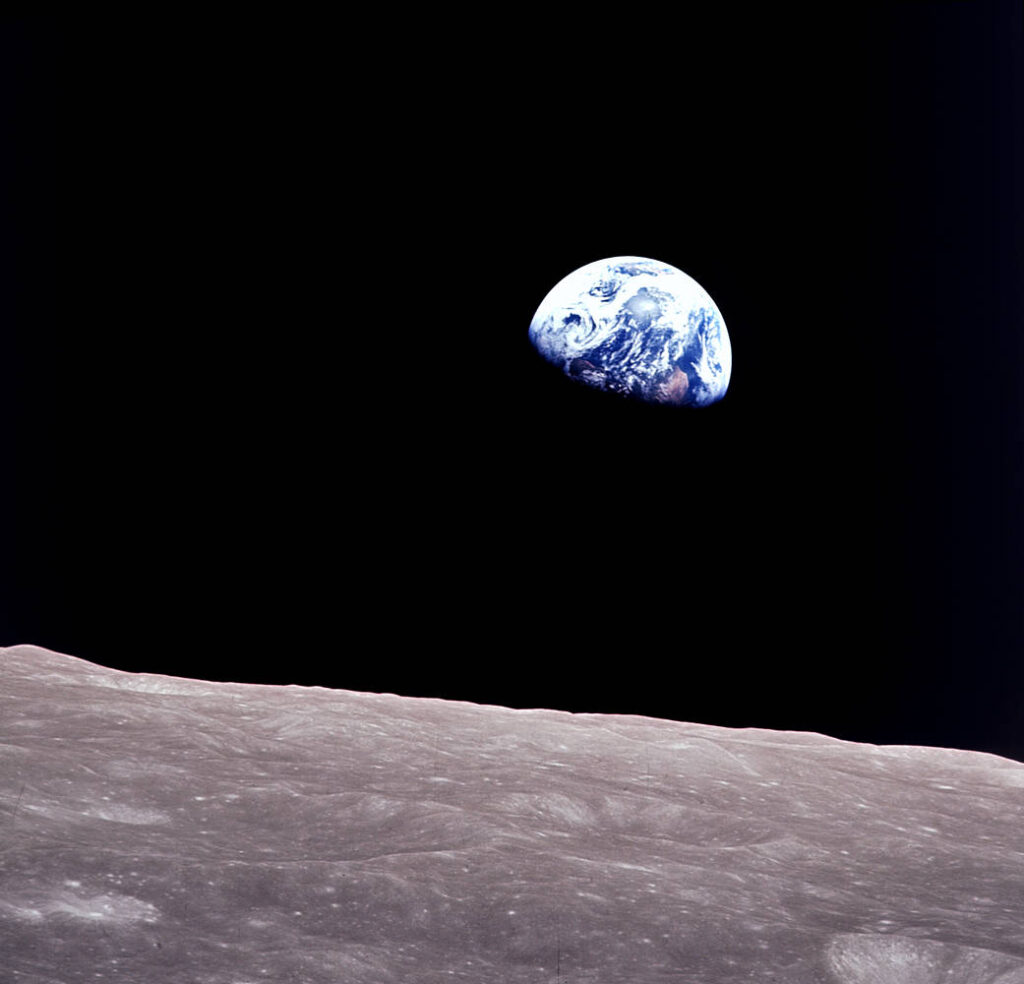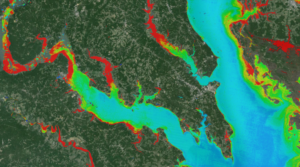

Presentation title:
Africa-Wide Monitoring of Small Surface Water Bodies Using Multisource Satellite Data: A Monitoring System for FEWS NET
What are the major findings of your research?
Landsat and ASTER imagery can be used to map small to medium surface water bodies in the remote pastoral regions of Africa.
Due to image complexity in water quality and geographic setting, there is no single index that can be used to delineate the surface area of a waterbody. Hence, a combination approach (that combines outputs from several indices) is used to delineate maximum surface area of the waterbody.
Daily water levels modeling using multi-source satellite data and hydrologic modeling approach adequately captures the seasonality and dryness trends.
What insight did you gain from Landsat that would have been impossible to glean otherwise?
The rich history of Landsat (40+ years) enables not only change detection and trend analysis, but also provides a unique oppurtunity for hydrologic model calibration and validation as shown in this application.
In what ways does this research benefit people?
Information on daily water levels provides first-hand knowledge on water availability and scarcity. Such information is highly useful for local and regional governments.
The up-to-date information on daily water levels and historical data (since 2001) for each water body can be used to derive drought severity information on daily water levels, this can help local nomadic pastoral communities make migratory decisions.
Co-authors:
Gabriel Senay
U.S. Geological Survey Earth Resources Observation and Science
James Rowland
U.S. Geological Survey
Michael Budde
U.S. Geological Survey
James Verdin
USGS/EROS
Anyone can freely download Landsat data from the USGS EarthExplorer or LandsatLook.
Further Reading:
+ Landsat at #AGU15






